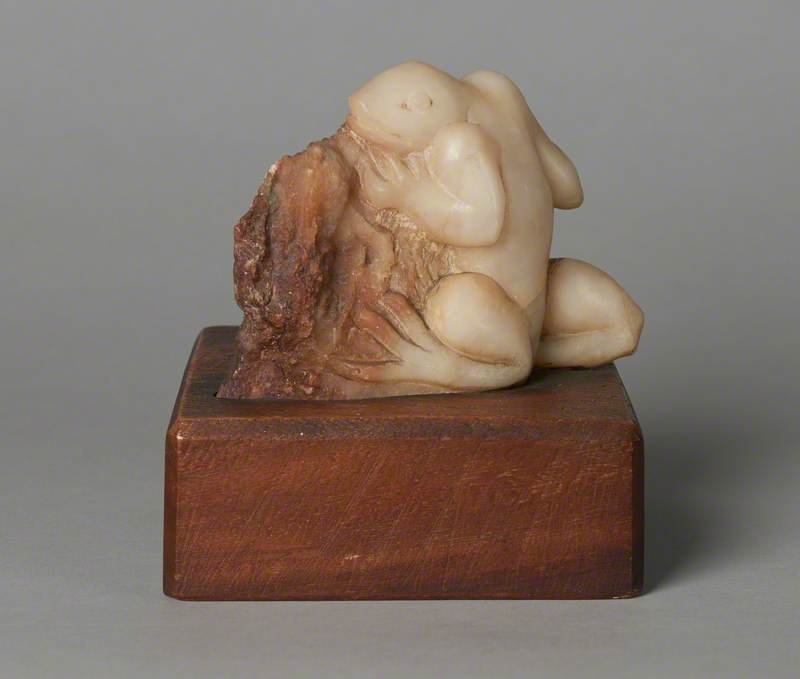
Text source: 'Artists in Britain Since 1945' by David Buckman (Art Dictionaries Ltd, part of Sansom & Company)
1878–1959

Text source: 'Artists in Britain Since 1945' by David Buckman (Art Dictionaries Ltd, part of Sansom & Company)
Alfred James Oakley [also known as Alfred J. Oakley] was born in High Wycombe, Buckinghamshire, England on 13 March 1878 and was the son of James Oakley (c.1849-), a chair maker. He studied art at the City and Guilds School in London from 1903 to 1908 and 1910; and at the School of Art Wood-carving in South Kensington, London. He subsequently worked as a sculptor in London.
During World War Two see served with the 5th (London) Field Ambulance, and in a camouflage unit. Following the war he resumed his work as a sculptor and in c.1922 established a studio in Parkhill Road, Hampstead, London.
He exhibited frequently at the Royal Academy in London between 1911 and 1959; He also exhibited at the Royal Glasgow Institute of Fine Arts; Manchester City Art Gallery; Walker Art Gallery in Liverpool; the Royal Scottish Academy in Edinburgh; the Paris Salon; and in Brussels, Venice and Buenos Aires. He participated in the British Empire Exhibition held in Glasgow in 1938.
A sculpture by Oakley entitled "The Mourners" is illustrated in Colour vol.12, no.5, June 1920 (p.102).
He was elected an Associate of the Royal Society of British Sculptors (ARBS) in 1920, and a Fellow of the Royal Society of British Artists (FRBS) IN 1938. A sculpture entitled "Mamua' was purchased by the Chantry Bequest in 1926.
Oakley undertook commissions for various architects as well as private clients. In the 1930s he created a sculptural group and decorative panel for the ocean liner 'Queen Mary'.
His studio was bombed during Work War Two. Much of his post-war work was influenced by his strong Roman Catholic faith.
Oakley died in Newbury, Berkshire on 28 April 1959.
Text source: Art History Research net (AHR net)